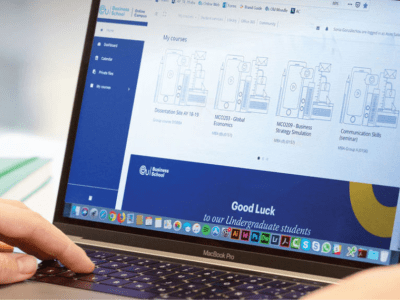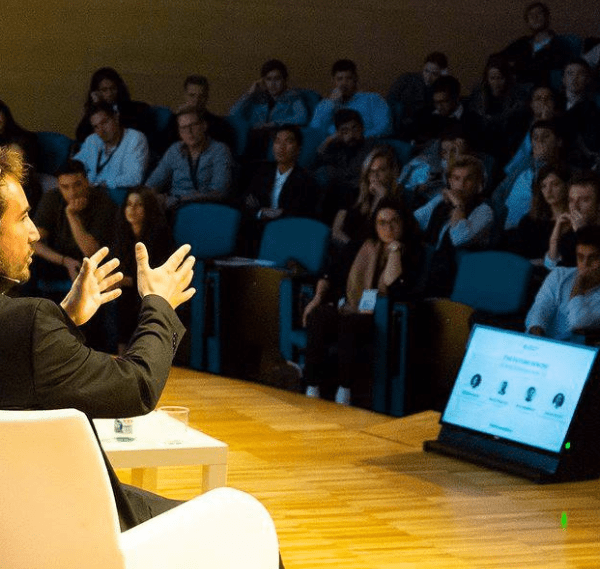The Impact of COVID-19 on Female Entrepreneurs
Although research suggests that COVID-19 has had a heavier health impact on men, the economic impact of the pandemic has been suffered to a greater degree by women, and especially by female entrepreneurs. The resultant crisis is so bad that it has even been referred to as a “she-cession” by business analysts.
The forces driving this disproportionate damage to women’s business ventures extend beyond the limits of the crisis. They reflect the distinct gender roles and unequal access to finance that women have historically experienced and continue to experience in 2021. However, many female entrepreneurs have demonstrated resourcefulness and innovation in their responses to these structural and societal barriers.
COVID-19 has affected female entrepreneurs in the following ways:
1. Muted Demand for Services
Women-owned enterprises are statistically more likely to operate within the sectors that were most adversely affected by the pandemic. More than 50% of female entrepreneurs work in the wholesale/retail trade, for example, which suffered greatly decreased demand due to shutdowns. Quarantine measures made in-person shopping impossible, reducing the possibility to make sales. In addition, the economic impact of the pandemic more generally meant that potential customers were less likely to have disposable income available to spend. Previous customers were often forced to reconsider their financial priorities as job losses and pay-cuts became widespread.
Other sectors in which women are prominently represented suffered huge losses too. Beauty salons, dining establishments and health and fitness centers were forced to close for long periods during lockdown. This provokes the question: why is it that women tend to work in these particular sectors? There are structural reasons that explain this. Lower entry requirements make it easier for women to access than many other fields of business.
2. Serious Threats to Business Survival
A recent study by the OECD showed that women entrepreneurs begin businesses with less capital, instead financing their business ventures using their own money. Forbes has reported that only 25% of female entrepreneurs seek financing for their businesses, compared to 34% of men. Women have reasons to feel skeptical about requesting this financial support: they are less likely to receive it. When women are approved for loans, it’s for a third less than what male entrepreneurs typically receive. What this means is that businesses run by female entrepreneurs may be especially vulnerable during times of crisis, because they are less likely to have reserves of capital to depend on when income is low.
Given the sectors where female entrepreneurship is concentrated, there’s a high chance that women-owned businesses were forced to close for extended periods because of the pandemic. Business models in these sectors tend to sell directly to consumers (as opposed to other businesses) and they face many competitorsin their bid to secure customers. All of these factors would make a business relatively vulnerable even under the best of circumstances. Of course, COVID-19 represented the worst of circumstances in many ways. That’s why businesses owned by female entrepreneurs were likely to confront an existential threat during this crisis.
3. Challenge to Work-Life Balance
When businesses locked down, many schools did too. This meant that, even if a female entrepreneur was able to maintain operations digitally, she often faced an additional workload to manage in the household. Although working from home can represent a positive change for many people who can avoid a commute and approach their work with greater flexibility, it can also bring new challenges for female entrepreneurs, especially if they have children. School closures meant that working mothers were forced to juggle full-time childcare alongside their job, which had an adverse impact on work-life balance.
The OECD has reported that women spend an average of 2 hours a day more than men performing unpaid work at home. They are also more likely to undertake caretaking duties both for children and elderly parents. Given the pandemic’s especially serious threat to older people, it follows that women have been forced to fill gaps where services have closed due to the virus. Female entrepreneurs who have suffered from a reduced or lost income during the pandemic have had to manage their households on a decreased budget too.
Only one quarter of female entrepreneurs have employees. This means that most women-owned businesses are a one-woman operation. With this business model, it’s already difficult to maintain strict boundaries between work and home life. The pandemic-related pressures at home represent an increased challenge for female entrepreneurs trying to maintain a healthy work-life balance.
4. A Need to Adapt and Diversify
Although the nature of most female-owned businesses makes them especially vulnerable to adverse circumstances, their model also makes them more versatile and adaptable than many larger businesses. Because (often by necessity) they are designed to require less capital to function, they can be more easily adapted to the new circumstances of the pandemic. Many small companies were able to change their direction or implement new services; for example, fitness trainers moved to online classes and clothes manufacturers began to specialise in protective facemasks.
Female entrepreneurs have always faced structural and societal obstacles; for example, the expectation that they will assume the majority of the household’s caregiving duties while they work, or the decreased opportunities they have to secure sufficient financial support from the bank. As a result, they have had to be more resourceful and flexible in order to succeed. These qualities have proven necessary in navigating the ever-changing circumstances of the pandemic. In this way, female entrepreneurs have taken from the challenges they face their tools to learn, grow and survive.
It remains to be seen if and how female entrepreneurs will “bounce back” following the “she-cession” of the pandemic. And it is uncertain how long the recovery process will take. The economic landscape is certainly challenging; however, women are accustomed to facing increased challenges when they launch a business venture. What’s clear is that changes could be made at all levels of society to better assist their efforts. A more equal distribution of household tasks, greater financial backing from banks and support to diversify into more sustainable sectors, could make a huge difference to their ongoing success.












